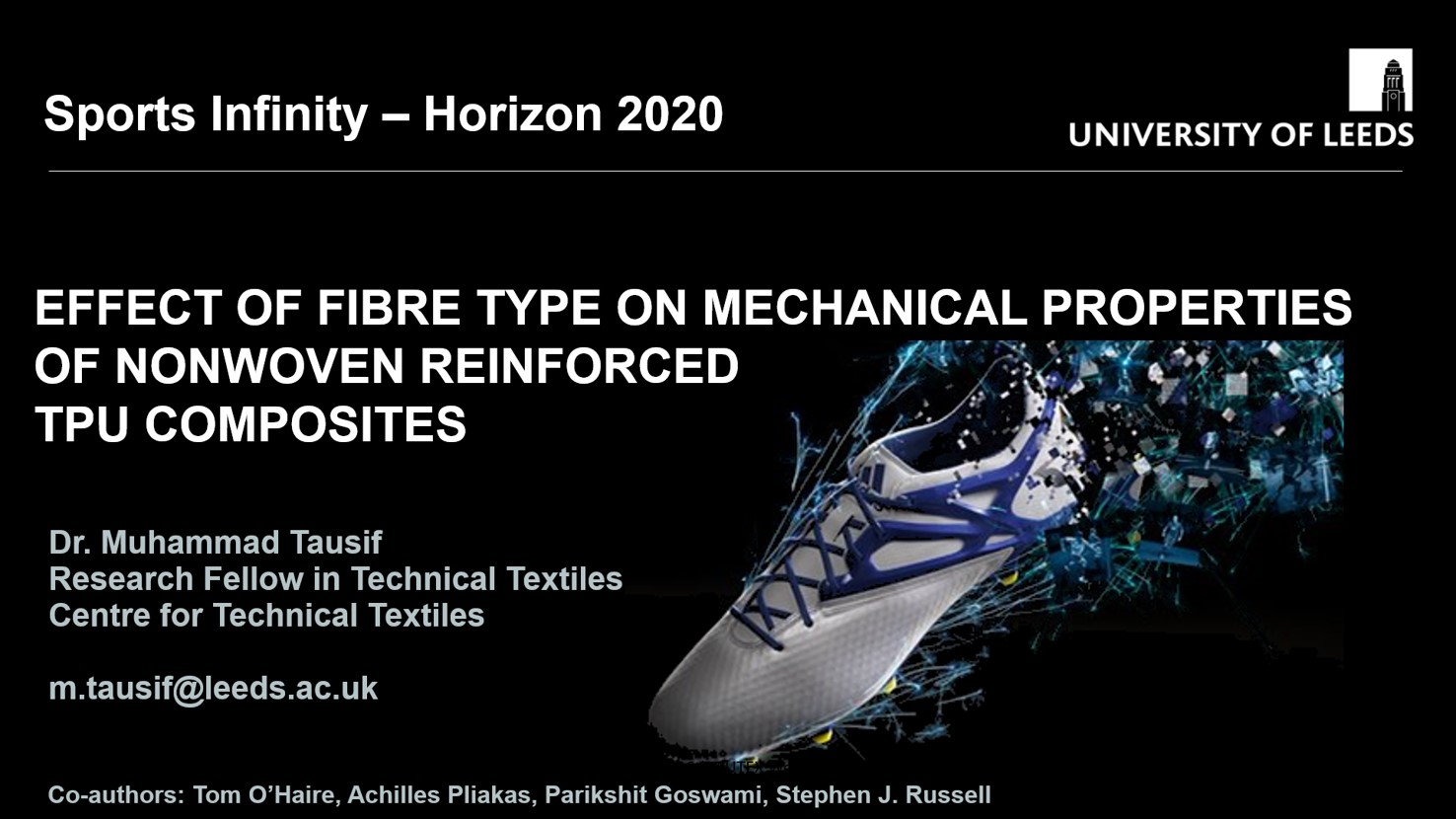LKT Paper – Journal of Polymer Engineering – De Gruyter
Martin Löhner / Dietmar Drummer
Journal of Polymer Engineering. ISSN (Online) 2191-0340, ISSN (Print) 0334-6447, DOI: 10.1515/polyeng-2016-0175, August 2016
Abstract: In rotational molding, shaping is achieved by elevating the temperature of polymer powder particles above their melting temperature, causing them to adhere to the mold wall. Multi-layer parts can be processed by sequential adding of different polymeric materials to the mold, while the thickness of each layer is defined by the amount of each material. In this work, the influence of adding time of a second component on the shape and development of the interface region between different materials for multi-layer rotational molding is investigated. Therefore, rotational molding experiments were conducted using an uniaxial rotating molding machine and a cylindrical mold. Varying the time of second material addition yielded different specific interface regions. The cross sections of the resulting multi-layer parts were analyzed using transmitted light microscopy and characteristic values were derived to describe the interfaces. Single-layer parts were produced to verify the built-up of the polymer layer and the development of the inner melt surface in rotational molding.


